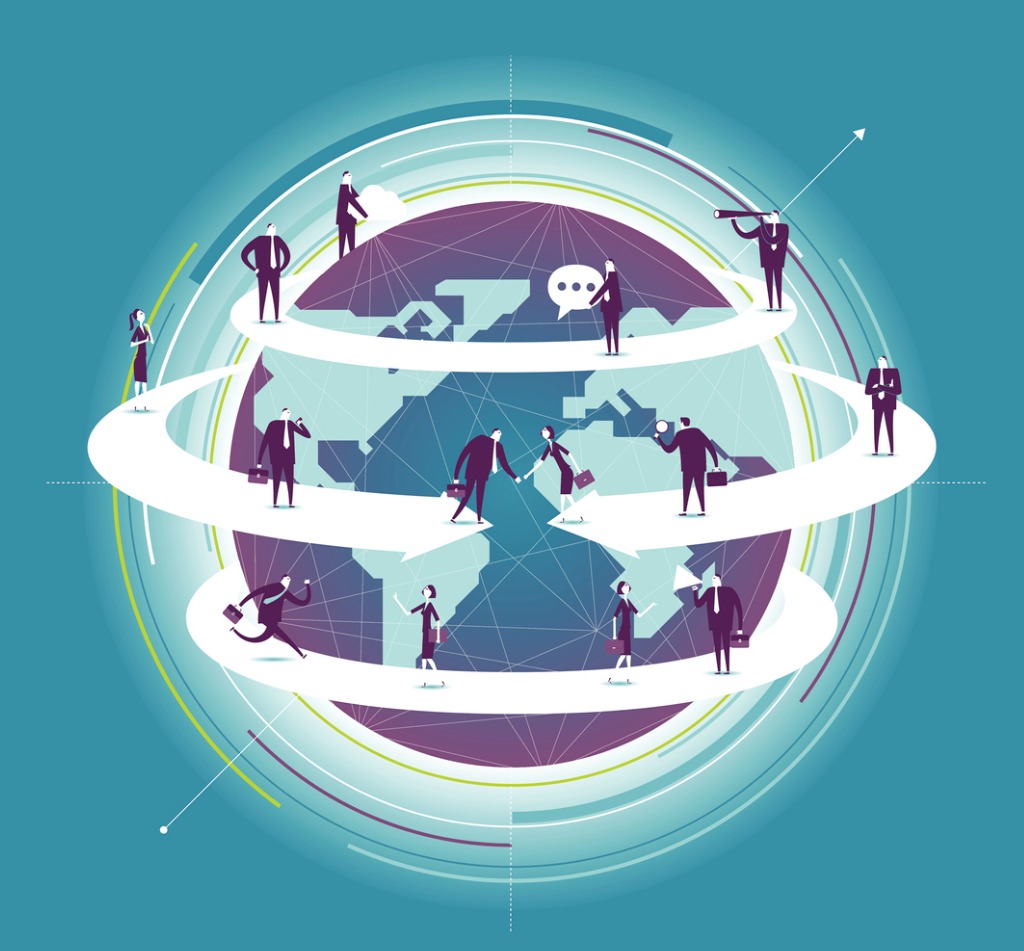Satya Nadella on Microsoft Mesh & The Next Decade of Cloud Innovation

Check out the rest of our Microsoft Ignite 2021 coverage below:
- The Most Exciting Microsoft Teams Features Announced at Ignite 2021
- 4 Tips for Transforming Digital Events (+New Microsoft Teams Webinar Features!)
- The Azure Active Directory Roadmap for Strong Security in Hybrid Work
- 3 New Power BI Features Empower a Data-Driven Workplace
Throughout the past year, Microsoft’s cloud-based technologies have become more valuable than ever. The cloud has been key in helping professionals around the world not only adapt but innovate with new ways to work and collaborate. As the world begins to recover, Microsoft’s next focus is ensuring that no one gets left behind in the transition.
The question of “How can the cloud drive the next level of broad economic growth?” was at the center of the Microsoft Ignite 2021 keynote given by Satya Nadella and HoloLens inventor Alex Kipman. Satya homed in on five key areas that will drive the next generation of cloud innovation.

1. Ubiquitous and decentralized computing
As computing becomes more embedded in our world, every organization in every country (small or large) will require more ubiquitous and decentralized computing power. Right now we’re at peak centralization, but Satya claimed cloud and edge computing will evolve to meet these real-world needs.
2. Sovereign data and ambient intelligence
In this world, data will be more private and more sovereign, and data governance and providence will be more important than ever before. Developing new methods of federated machine learning of personalized and privacy-preserving services. Satya emphasized that this new software-based approach would be critical in tackling unsolved challenges in the medical and environmental preservation fields.
3. Empowered creators and communities everywhere
In order to democratize creation, Microsoft wants to expand access to skills, tools, and platforms. Be it working on a school assignment, coding a program, or creating a spreadsheet, Satya declares that this democratization of creation will drive innovation in end user computing.

4. Expanded economic opportunity for the global workforce
Creating a continuous feedback loop between the work, skills, learning, and credentials required for the jobs of today and of the future is of the utmost importance. Satya called for productivity to be defined as a mix of collaboration, learning, and wellbeing when it comes to career advancement for everyone. Flexibility regarding when, where, and how people work will only help this mission.
5. Trust by design
Technology providers should only succeed when it helps the world around it succeed. There need to be ethical principles that govern the design, development, and deployment of AI. Technology must be built with the design intent of protecting fundamental human rights (like privacy) as well as our most precious environmental resources.
To build tech intensity, every organization will need to cultivate these five attributes. This is what the Microsoft cloud delivers.
Satya then transitioned into concrete ways Microsoft plans to continue supporting the workforce via technological innovation. Aside from highlighting Microsoft Teams as an invaluable collaboration tool in WFH environments, he touched on the importance of empowering frontline workers to do their jobs efficiently with the latest collaborative technologies. He also touched on how mixed reality is helping frontline workers around the world to improve employee safety and efficiency.
Microsoft Mesh
The majority of the keynote was spent demoing Microsoft Mesh, Microsoft’s new mixed reality platform. Powered by Azure, the goal of Mesh is to enable users to interact holographically with others (via HoloLens) like they’re physically together without any traditional screens in-between.
Alex Kipman asserted that Mesh enables developers to create rich and immersive experiences that let users connect from anywhere. It can be used for everything from keeping team morale high via mixed reality gatherings to giving frontline workers access to remote experts anywhere they’re needed. Ultimately, the goal is to keep people connected and improve remote work possibilities in industries around the world.
Some other quick hits from this portion of the Ignite 2021 keynote include:
- A public preview of Azure Object Anchors has been announced
- Half of the Fortune 500 companies have adopted HoloLens in some capacity
- Avatars used in Microsoft Mesh will be customizable
- Niantic announced that the immensely successful augmented reality game Pokémon Go will be coming to HoloLens in the future
For continued coverage of Microsoft Ignite 2021 throughout the week be sure to subscribe to our blog!
As the former Content Marketing Specialist for AvePoint, Brent led the strategy and direction of all AvePoint's blog properties.




